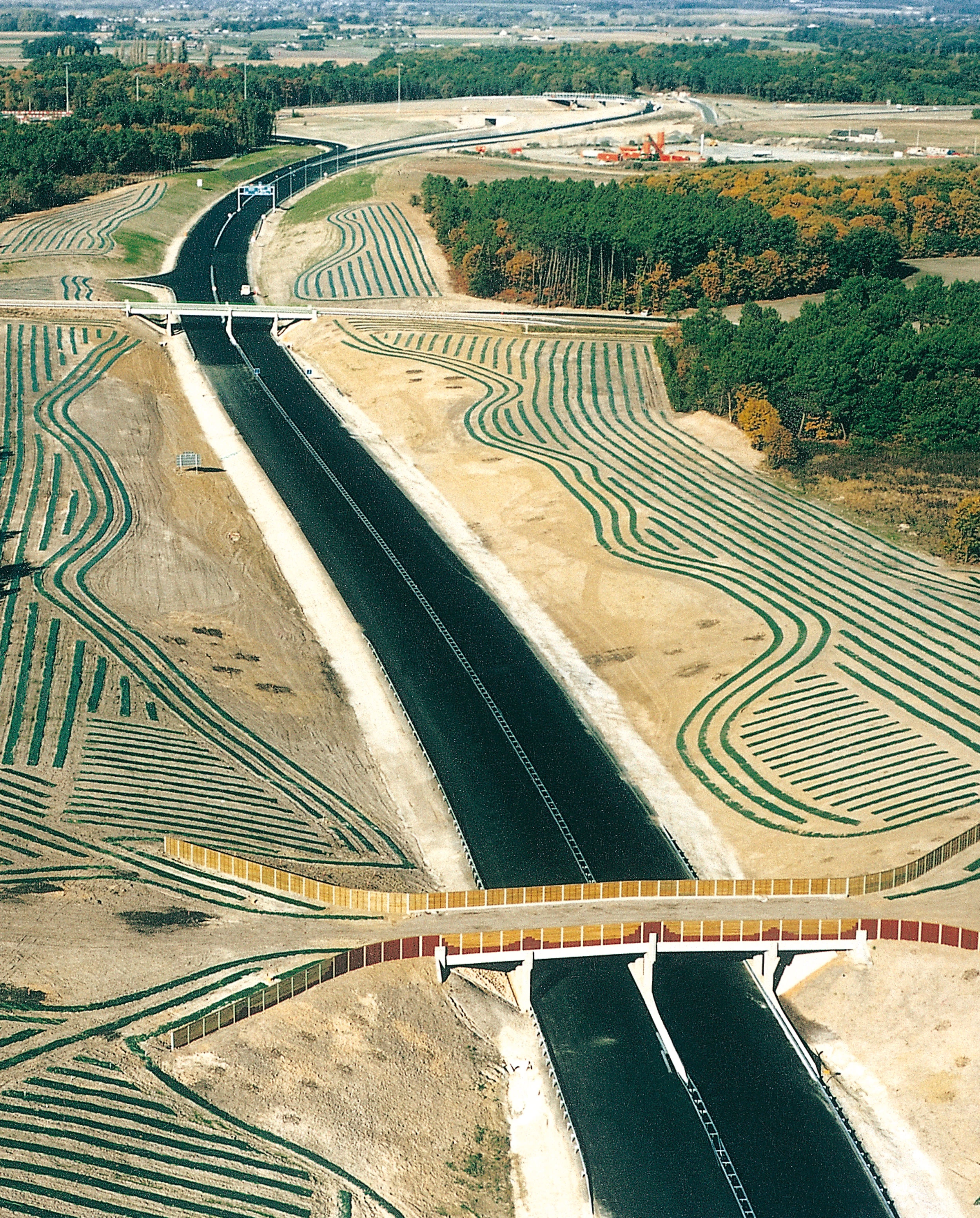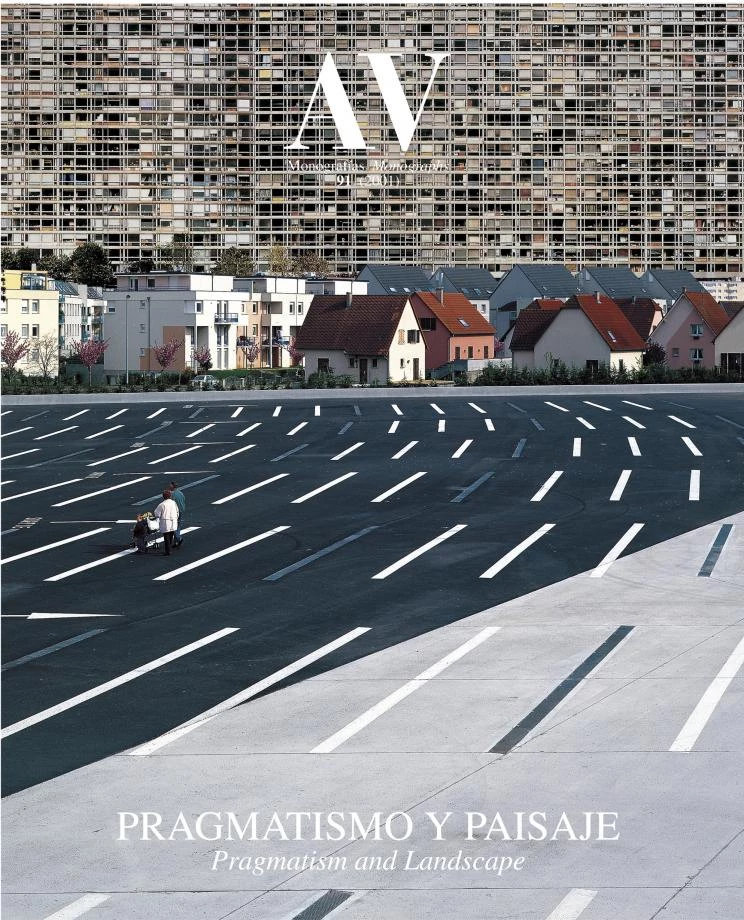Interventions in the Highway
Bernard Lassus- Type Landscape architecture / Urban planning
- Country France
In their forceful encounter with the territory, the large highways divide geographies and cut through the land merely to connect two points by the shortest path, and the injured landscape of slopes and levelings left behind hinders the travelers’ perception of the view. To smooth the transition between the highways and the areas they cross, two interventions in two French highways pick up cues from the context to structure the visual impressions of those who travel by car, bringing them closer to the places they go through.
The intervention along the highway A-85 – joining the cities of Angers, Tours and Vierzon – dominates the meeting point of the highway and the country through a tridimensional organization of the topography and the treatment of the vegetation. Thereby, along those stretches where the pavement’s slope differs significantly from that of the terrain, the latter shifts in wavy and straight lines, parallel and perpendicular to the road route, so transforming the ditches into a work of Op Art that plays with the speed at which the observer moves to enhance their kinetic effect. At the same time, the existing wooded masses are reinforced with additional plantations in such a way that a linear structure of green screens perpendicular to the course of the vehicles prolong the driver’s line of sight. The dry banks associated to the infrastructure works for road traffic disappear to leave all protagonism to the vegetation, ensuring a maximum continuity between the landscape and the plan of movement.
Sensitive to the cues provided by the context, the treatment of the border of the highway which connects Saintes and Rochefort, in the south of France, entailed the opportunity to recover a forgotten landscape. The rocky formations which flourished on leveling the terrain revealed the presence of old quarries that had been covered by a layer of greenery. The removal of the earth deposited along the years led to the discovery of new blind caves and holes on the rock that evoked a city in ruins. In a subtractive and almost archaeological process, the stone mass was carved and selectively blown up to bring bits of landscape between the cliffs to the fore. The expressiveness of the rock encouraged to house a resting point by the cave Crazannes from where the stone cornice can be enjoyed. A catwalk guides the route, dividing the parts of the quarry that can be walked on from those that can only be viewed from afar to avoid their deterioration... [+]
Cliente Client
Cofiroute, Sacao, Socaso (A.85 & A.28); Autoroutes du Sud de la France, Scetautoroute (A.837-Saintes /Rochefort)
Arquitecto Architect
Bernard Lassus
Contratista Contractor
Deschiron
Fotos Photos
Bernard Lassus







